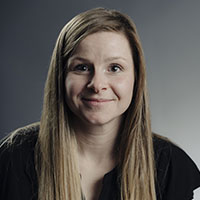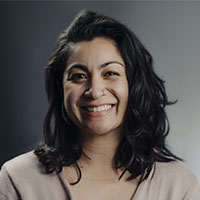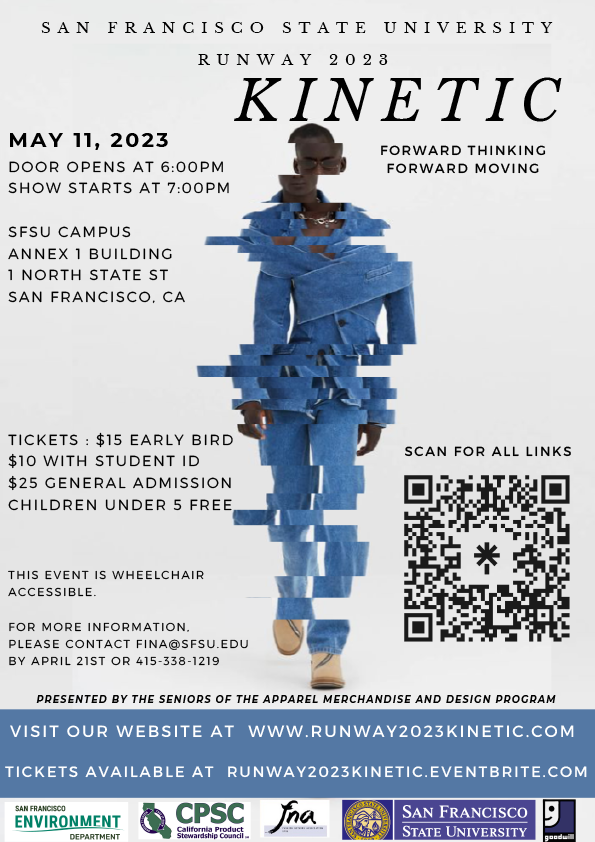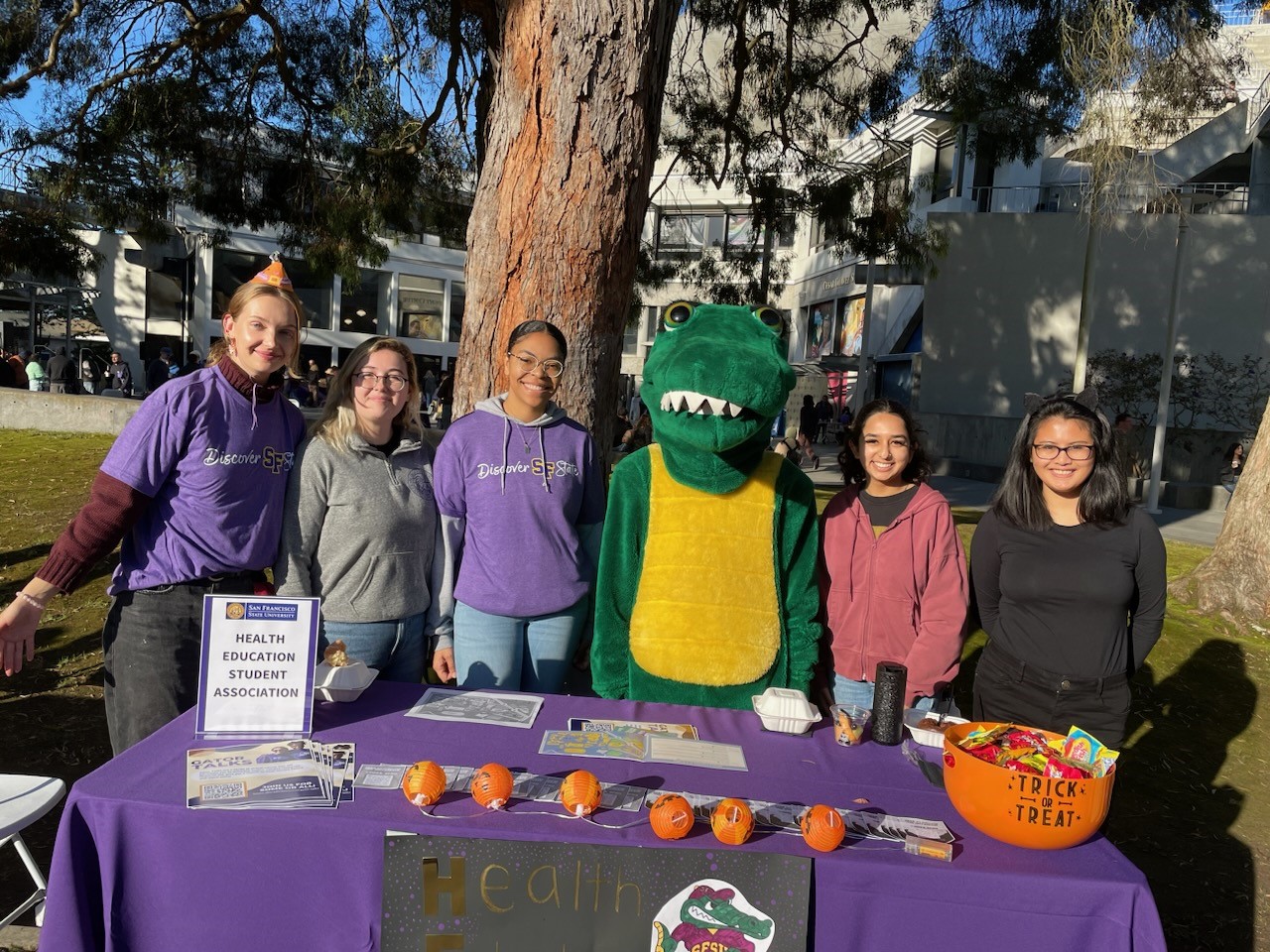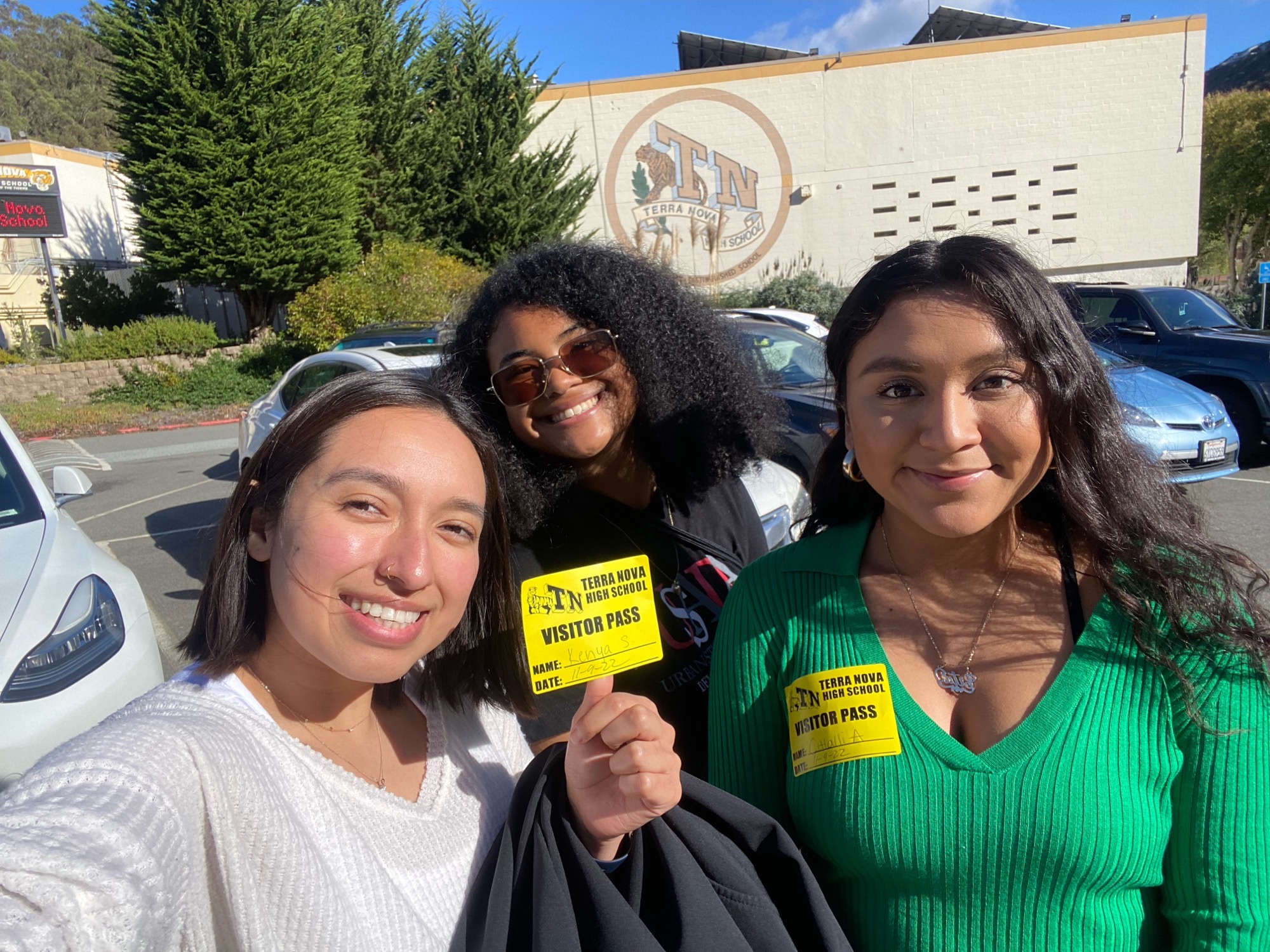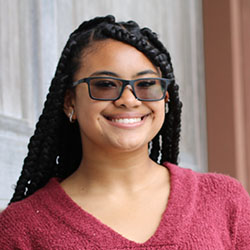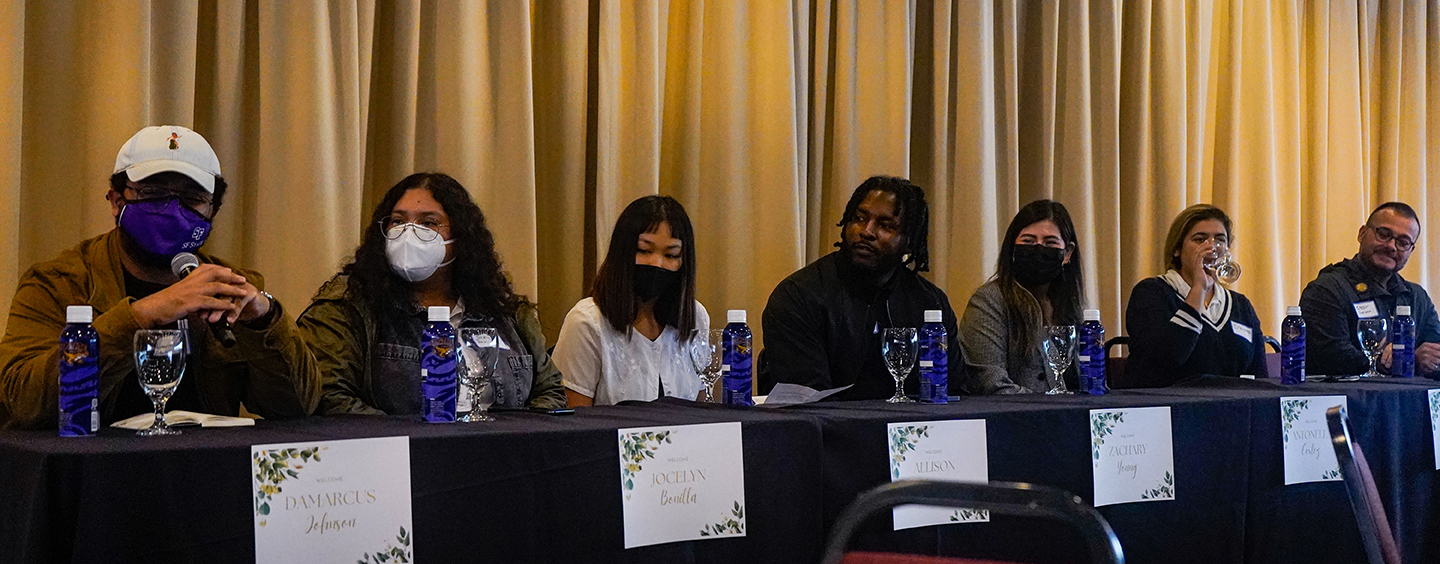University celebrates student research with college-wide showcases
Students at the CHSS Undergraduate Showcase present posters in Seven Hills Conference Center
Students across campus have been sharing their research at various student project showcases
As the academic year comes to a close, SF State’s colleges are celebrating the scholarship, research and creative activities of the University community with multiple student project showcases. In April and early May, undergraduate and graduate students from across campus shared their work through research posters, presentations and performances. Students, staff, faculty and community members saw everything from student-built prototypes of engineering projects to the exploration of evolution through dance to presentations on the history of global fashion.
This year, the Colleges of Health & Social Sciences (CHSS), Liberal & Creative Arts (LCA), Science & Engineering (CoSE) and Ethnic Studies all had research events. While the LCA and CoSE showcases have become annual campus traditions, CHSS’ Research & Creative Works Showcase (held at the Seven Hills Conference Center Thursday, May 4) was the College’s first. The College of Ethnic Studies Student Showcase, also on the newer side, was held Thursday, May 11, on the fifth floor of the Administration Building.
“When I found out about the CHSS Undergraduate Research & Creative Works Showcase I knew I had to participate. Research has been such a key component of my SF State experience,” said Nathan Burns, who is graduating this semester with a degree in Sociology and a minor in LGBTQ Studies. “For my senior seminar last semester I created ‘SURV(IO)LANCE,’ a textual and visual zine where I incorporated academic research and my personal experience as a queer, trans, disabled person to discuss surveillance. For the CHSS Showcase I was able to print a few copies of the zine to share with people in attendance. It was so exciting to be able to not only share my research with other campus members, but get to see just how much incredible work is being done across campus that I otherwise might not have heard about.”
Eduardo Hernandez, a senior Criminal Justice Studies major, also participated in the CHSS showcase. His work explores how the overlapping interests of the prison industrial complex, the U.S. military establishment and law enforcement lead to mass incarceration. He says that his project represents his solidarity with individuals who have been exploited in prisons.
“My research experience at SF State enabled my academic potential to be significantly developed by showcasing my research project for fellow peers, scholars and visitors. I am honored to have been recognized and have granted the privilege to participate in the CHSS Undergraduate Showcase with scholars at SF State. Presenting at the event, I experienced a great sense of joy and relief knowing nearly six months of research and preparation allowed me to represent SF State in its highest light possible: an incredible research facility in the SF Bay Area,” he said.
From story by SF State News
— Nathan Burns, Sociology major
